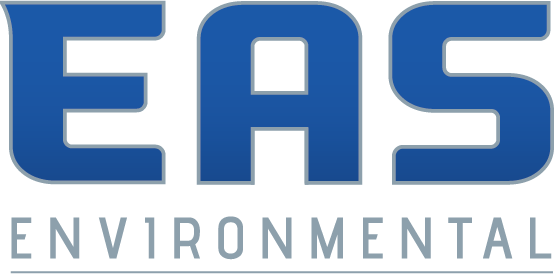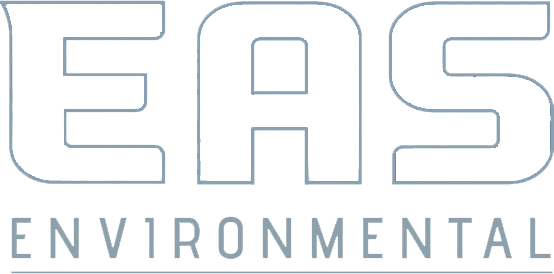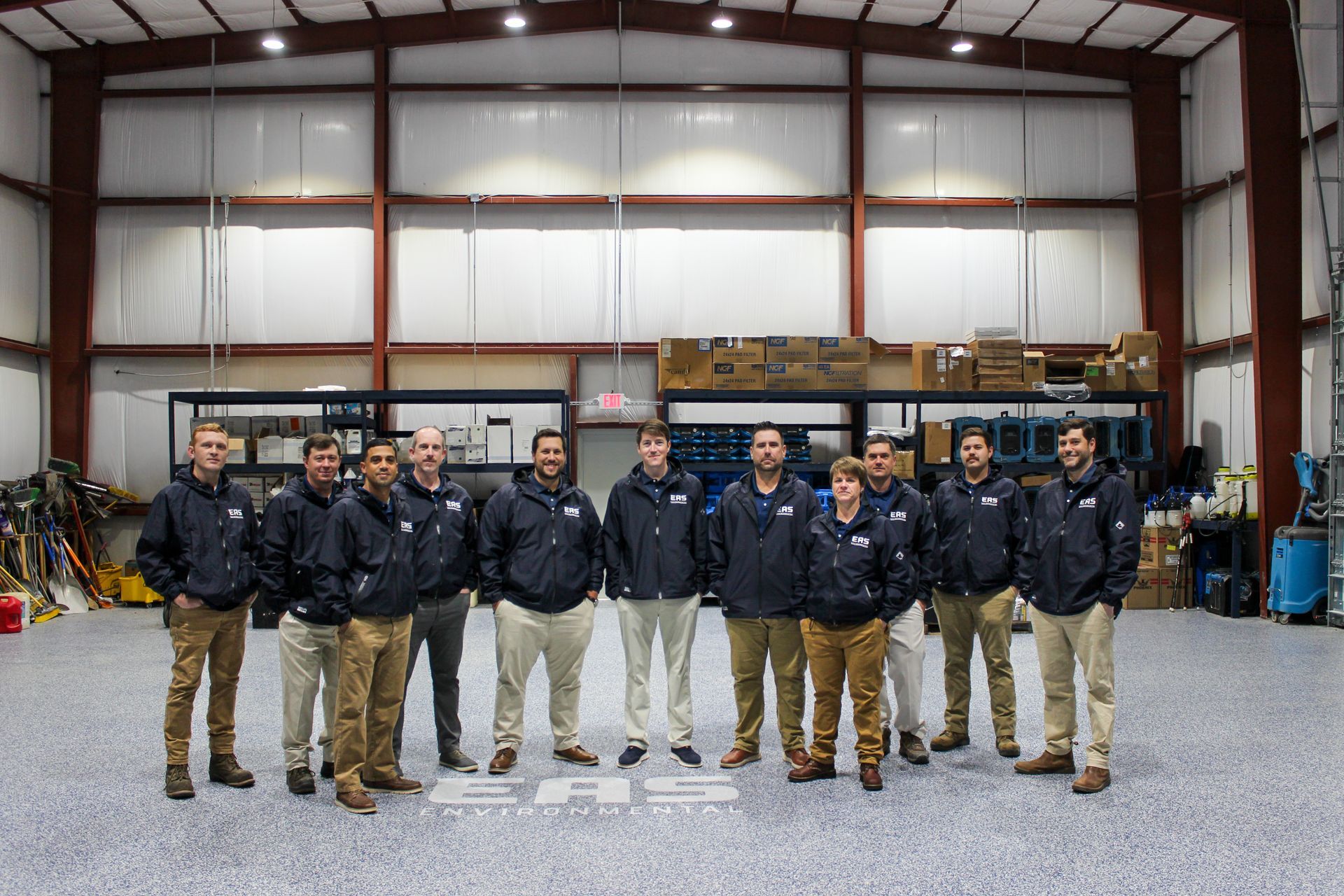
The EAS Environmental Team
Our core values are fundamental to our operation and integral to our identity at EAS Environmental (EASE). These principles guide our actions, influence our decisions, shape our culture, and ensure that we consistently deliver outstanding services while maintaining a supportive and dynamic work environment. As we gathered insights from our employees about how these values play out in their work lives, it became evident how integral they are to both our individual and collective successes.
1. Teamwork Makes the Dream Work
Collaboration is the cornerstone of our success at EASE. Our team members come from diverse backgrounds, each bringing unique skills and perspectives that enrich our work environment. We face challenges together, combining our strengths to achieve common goals. This collaborative spirit not only enhances our efficiency but also fosters a supportive workplace where everyone feels valued.
2. Hold Each Other Accountable
Accountability is key to maintaining the high standards for which EASE is known. It ensures that every member of our team not only upholds our standards of quality but also embraces responsibility for their actions. This accountability is a promise we make to ourselves and our clients, guaranteeing that we deliver on our commitments and continually strive for excellence in every aspect of our work.
3. Respond Positively to Adversity
Challenges are inevitable, but at EASE, we view them as opportunities to demonstrate our resilience and adaptability. Responding positively to adversity allows us to innovate and find solutions that benefit our Clients and their properties.
“The core value that I embrace the most is Respond Positively to Adversity. Keeping a positive attitude while overcoming challenges is absolutely essential for providing a not only a smooth project, but a great experience for our Clients.
-Evan Stahl, President, Head of Construction
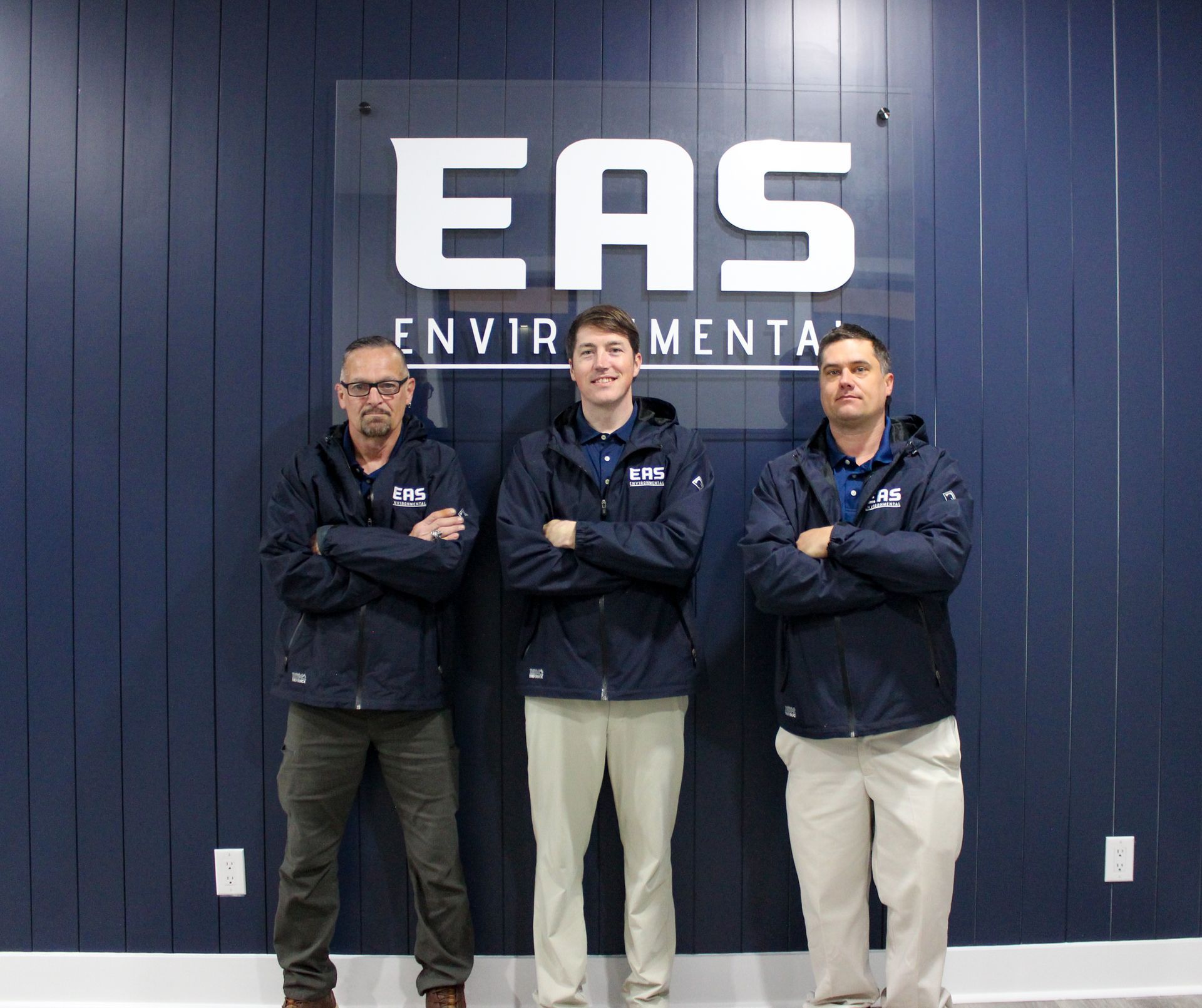
EAS Environmental Construction Team
4. Integrity in Action
At EASE, integrity is non-negotiable. We conduct our business with transparency, ethical standards, ensuring honesty and fairness in all our interactions. This commitment to doing what is right, under all circumstances, fosters trust with our clients (and teammates) and builds a strong, moral foundation for our business.
“My favorite core value is “Integrity in Action”. Always do the right thing no matter what.”
- Anthony Blanco, Accounts Administrator
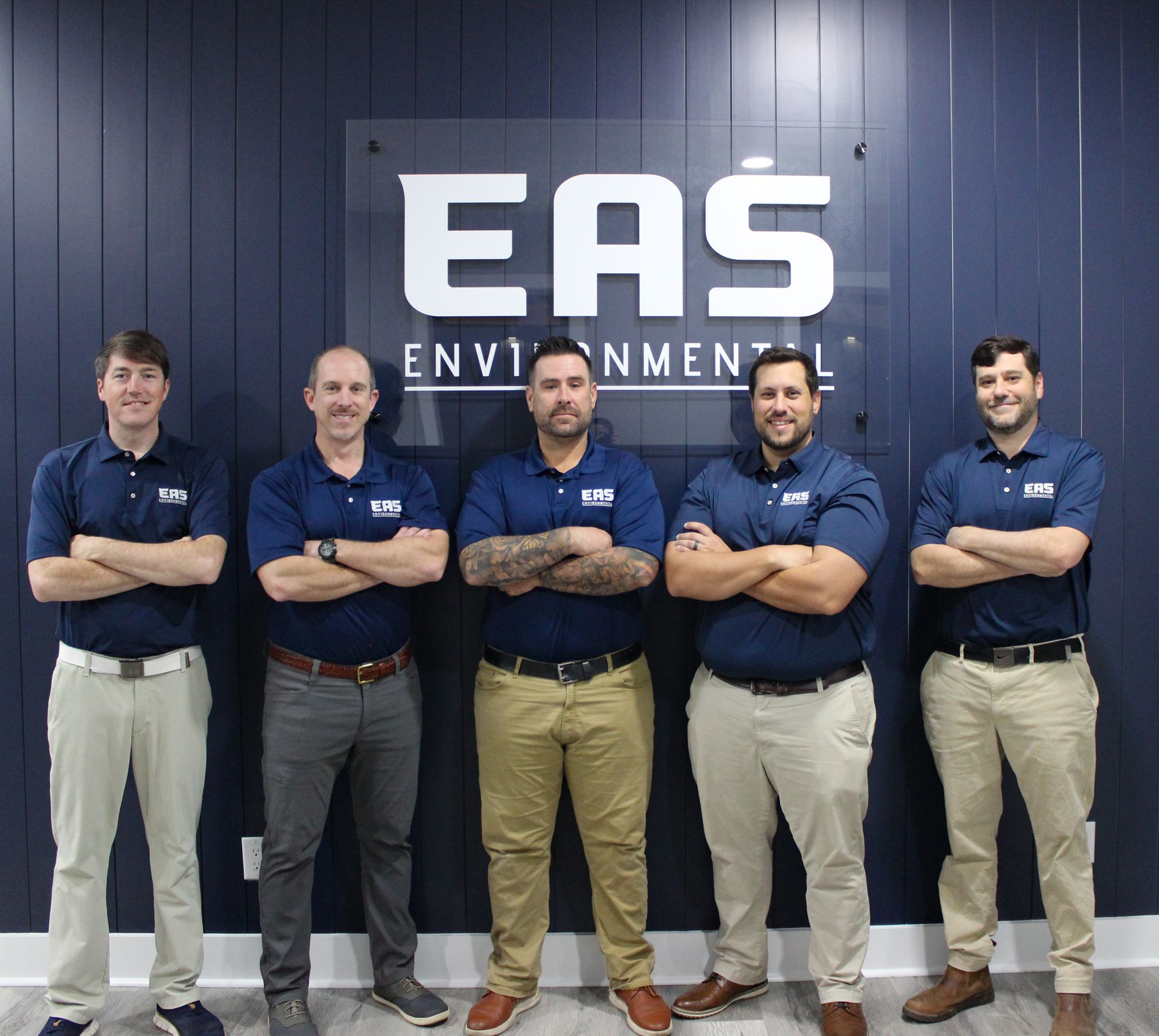
5. Value the Client
Taking care of our clients, and their properties, is at the heart of everything we do at EASE. We prioritize their needs and work diligently to ensure all work is done in their best interest. Valuing our clients means more than completing projects; it's about understanding their concerns, anticipating their needs, and delivering solutions that truly make a difference in their lives.
6. Execute the Mission
Our mission at EASE is clear: to embrace lifelong learning and improvement so that we may better serve our teammates, clients, and community.
We strive to be the best restoration company in the country by delivering consistently high-quality service and the best work product possible. This mission drives every decision and action at our company, ensuring that we not only meet, but exceed the expectations of those we serve.
To me, THRIVE embodies how we think and act everyday at EASE. For me, “Teamwork Makes the Dream Work” is about everyone working together towards a common goal, holding each other accountable, and being there to support one another along the way.
THRIVE also means actively seeking solutions to problems. It's about always doing what you say you're going to do, without taking shortcuts, and striving for excellence the first time around.
And finally, THRIVE is about executing our mission, and putting a plan in motion to be the best company we can be, for our teammates, clients, and community.
- Scott Cook, General Manager
Contact EAS Environmental Today!
EAS Environmental will do everything we can to ensure your experience with us is excellent.
Request A FREE Estimate
Request a Free Estimate Form
Checkout Recent Post
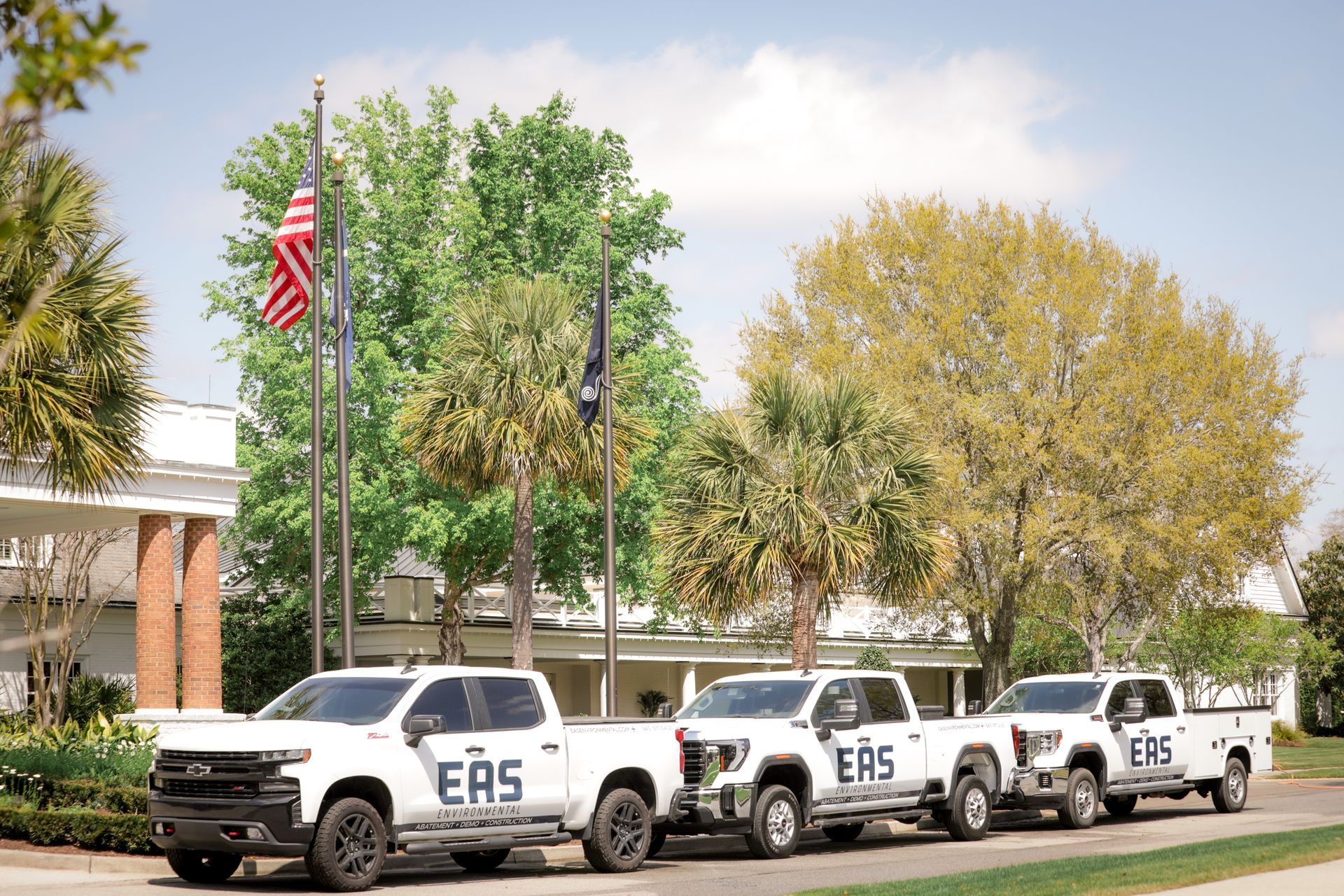
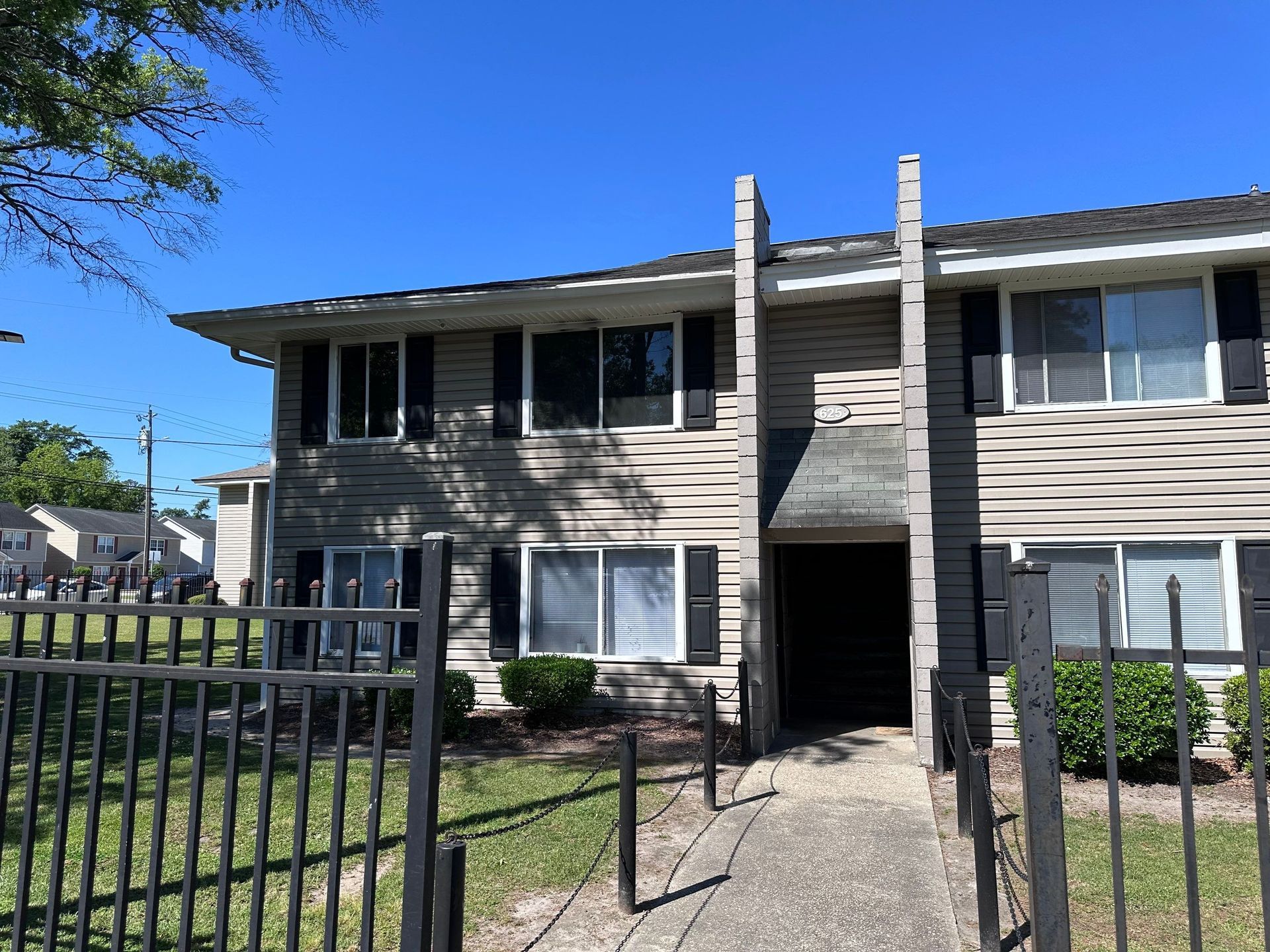
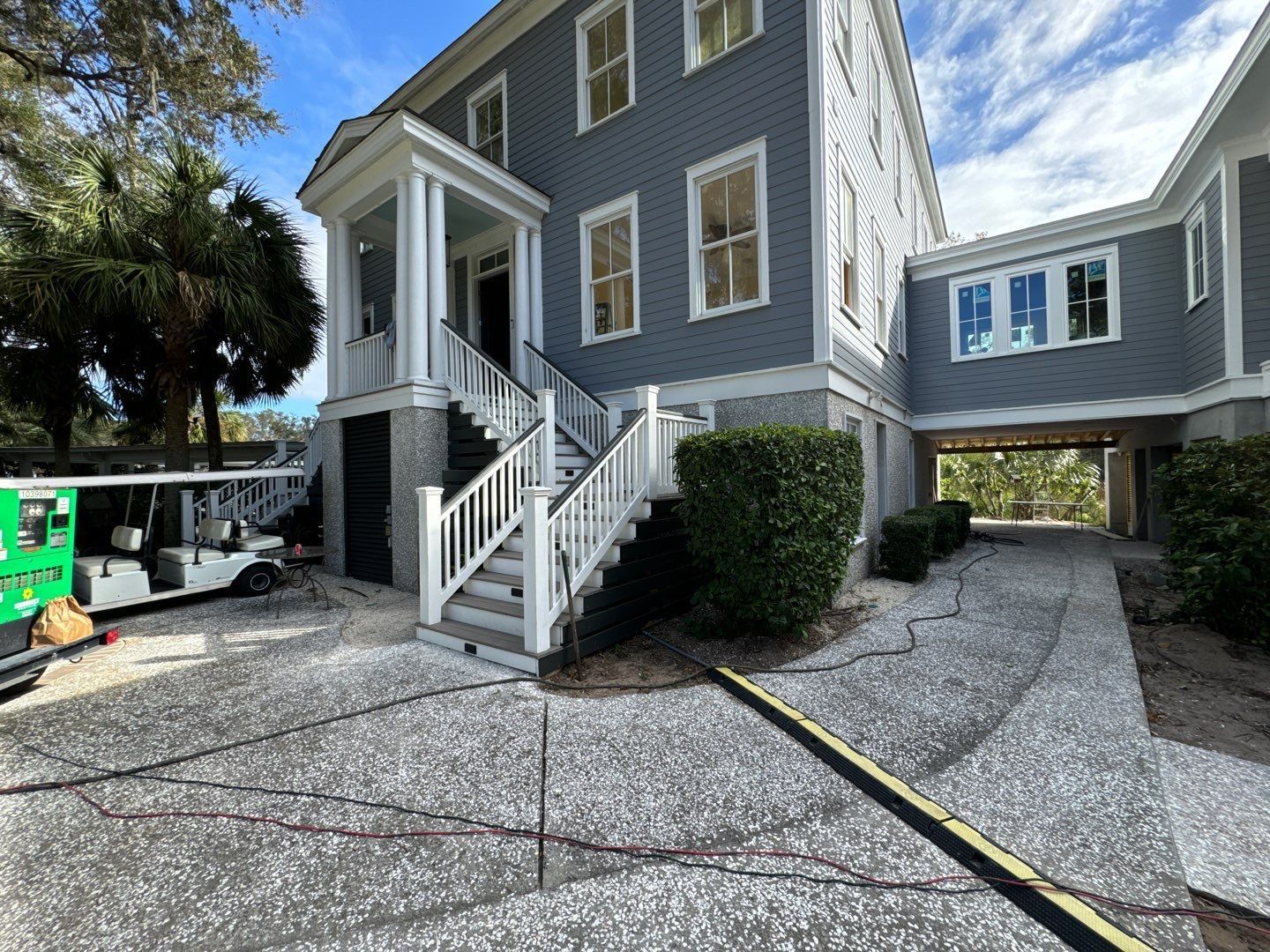
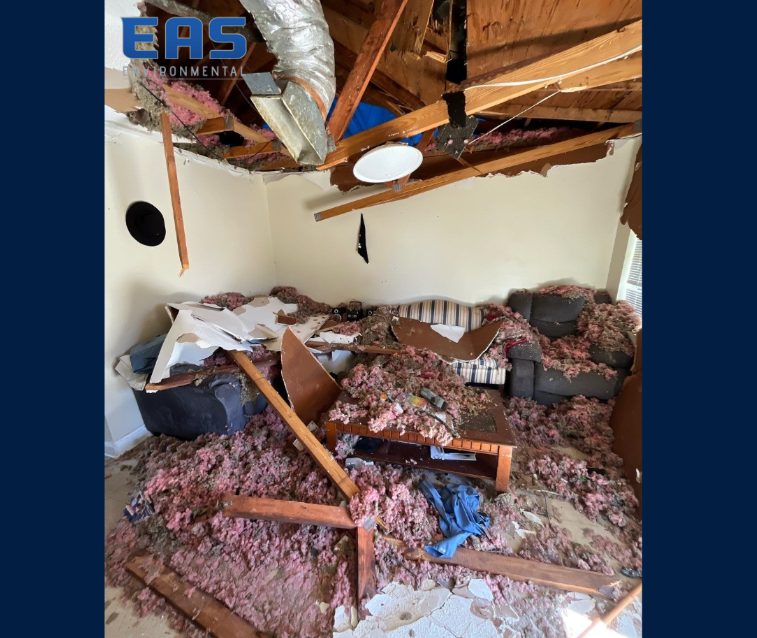
Got a Question? We’re Here to Help.
You can arrange an appointment or make an enquiry by phone or email, orget in touch to us via our contact form.
